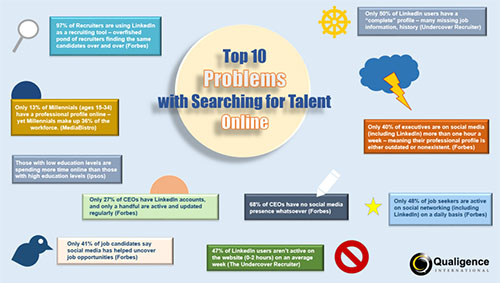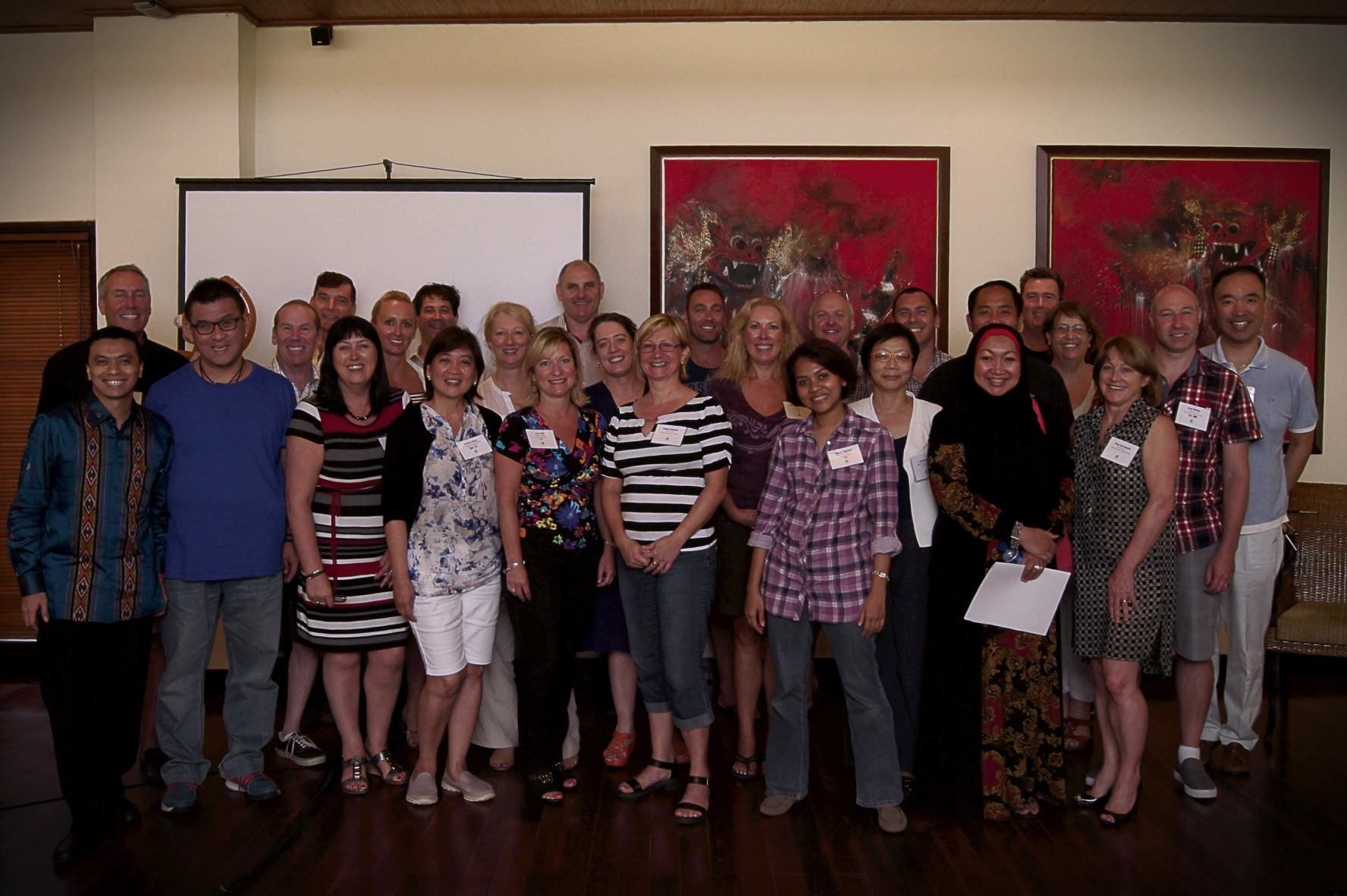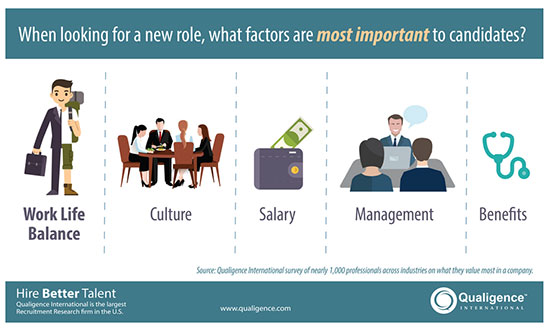Have you ever compared your recruitment firm to a jigsaw puzzle? It’s interesting to compare the two. There are borders, fine details, vast elements, background space, and the box where all the pieces gather together.
When putting a puzzle together- you work through trying to find the right pieces to put in the right places. Once they are in place, they fit and make a picture that is clear and defined.
According to CreativeGrid, they defined that recruitment firm guidelines can be strategically arranged based on jigsaw puzzles.
The Process Puzzle: Each firm has strategic questions of how they manage their process. What recruiting services are you selling? What niche do you work in? How do you manage customer satisfaction? How do you generate referrals? All of these questions define the process piece of your puzzle.
The People Puzzle: People are a complicated balance of personalities, strengths, desire and drive. These pieces can be more challenging to put in place than process. Focusing on your own strengths and your team’s strengths make it possible to grow and achieve new levels. This also applies to working with your clients. Over time, you become quite familiar with their strengths, and know where you can rely on them. And in return, they also rely on you in the same fashion.
Puzzle Vision: The vision is the end result. You know what you want your firm to look like. You know how you organized and guided each piece into place. You have a clear vision of your process and the people involved that help bring you success. If you are still looking for this picture- the first step is visualizing what you want the end result to look like.







 Conferences can be one of the most valuable business tools in your various resources if you appropriately plan and attack them. Each event you attend could very well have in attendance one of the most important business contacts you meet, someone who could change your business model by listening to a speaker, add revenue by becoming your new split placement partner, or reduce cost significantly with a new tool from a sponsor.
Conferences can be one of the most valuable business tools in your various resources if you appropriately plan and attack them. Each event you attend could very well have in attendance one of the most important business contacts you meet, someone who could change your business model by listening to a speaker, add revenue by becoming your new split placement partner, or reduce cost significantly with a new tool from a sponsor. 


